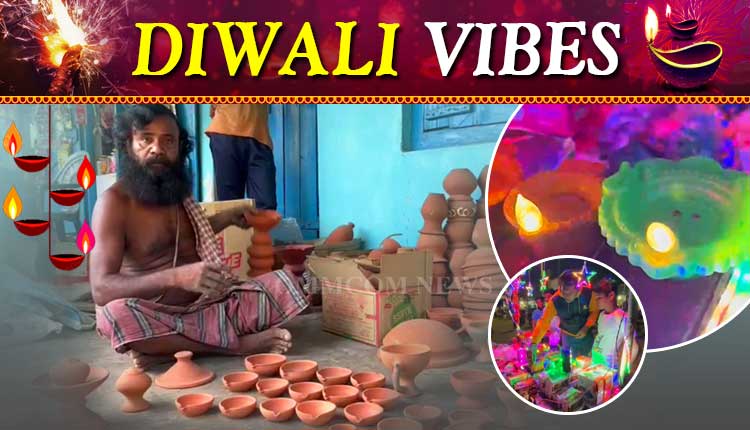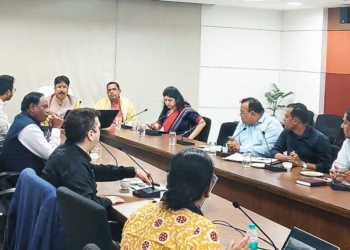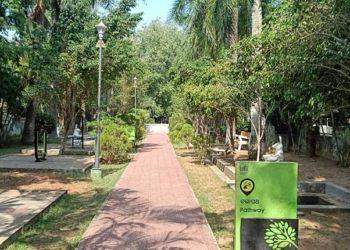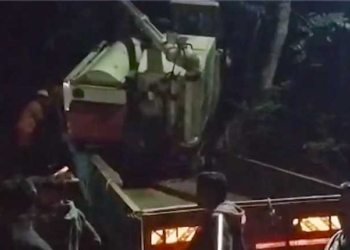Balasore: Indian homes for generations, were lit up by diyas, or traditional earthen lamps, during Diwali. Potters now complain that customers prefer cheaper fancy electrical lighting thus jeopardizing their livelihoods. The diya business has now sharply declined.
Until a few years ago, hundreds of potters and their families would be overworked in the run up to Diwali, churning out tens of thousands of small and big clay lamps that would brighten innumerable homes and businesses.
Around 4,000 potters in the villages of Baband, Tartari, Pithahata, Jamuna, Banpur, Khulia, Daldali, and Hatikhulia in the Nilgiri region in Balasore district are finding it difficult to support their families in the absence of demand for clay products.
“There is a huge fall in the sale of diyas. For what is supposed to be a festival of lights, our life has entered a dark phase,” Sibanath Behera, aged around 60 years.
“Diwali has lost its traditional charm as cheap fancy electric lights and candles have taken the place of diyas. People are more interested in decorating their homes with cheap colourful electric lights or candles that are available in plenty at shops and malls. No one is interested in traditional diyas. Today’s young generation simply turn their back on diyas and other earthen products,” he said.
“Earlier we did not even get time to rest during Diwali. But now we do not even sell quarter of the products we prepare. Diwali is no more a busy time. How can we survive?,” said Saraswati Behera, who learnt the craft from her family elders.
There was a time when Indian families went only for simple earthen lamps. Now the demand is mainly for decorated and fancy lamps.
No wonder many potters are slowly moving away from their traditional business in search of greener pastures.
“Many from our families have left for the cities to work as migrant labourers (dadan workers) as business for earthen products declined sharply and it is difficult for them to run their households,” rued Sibanath.
















